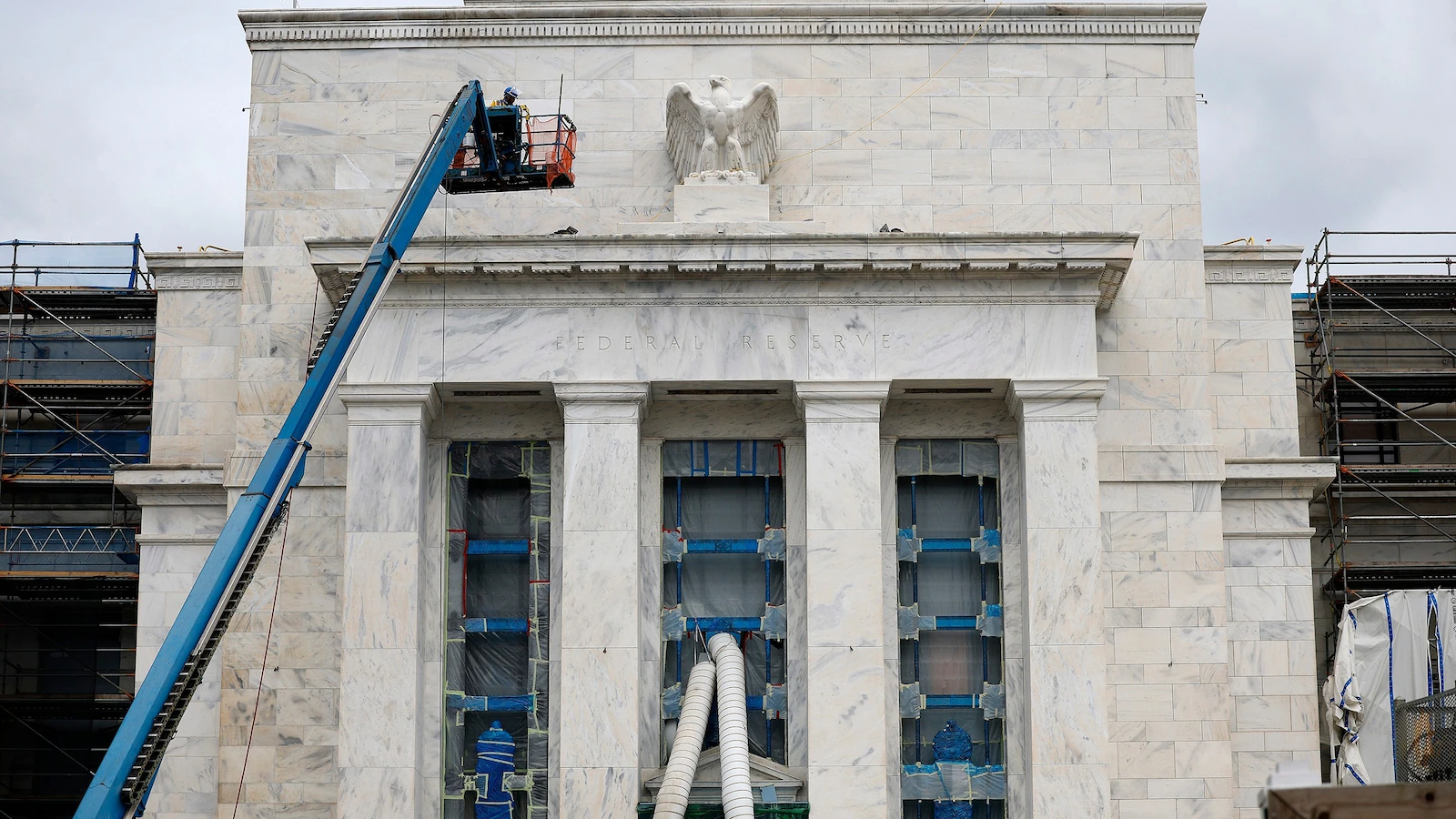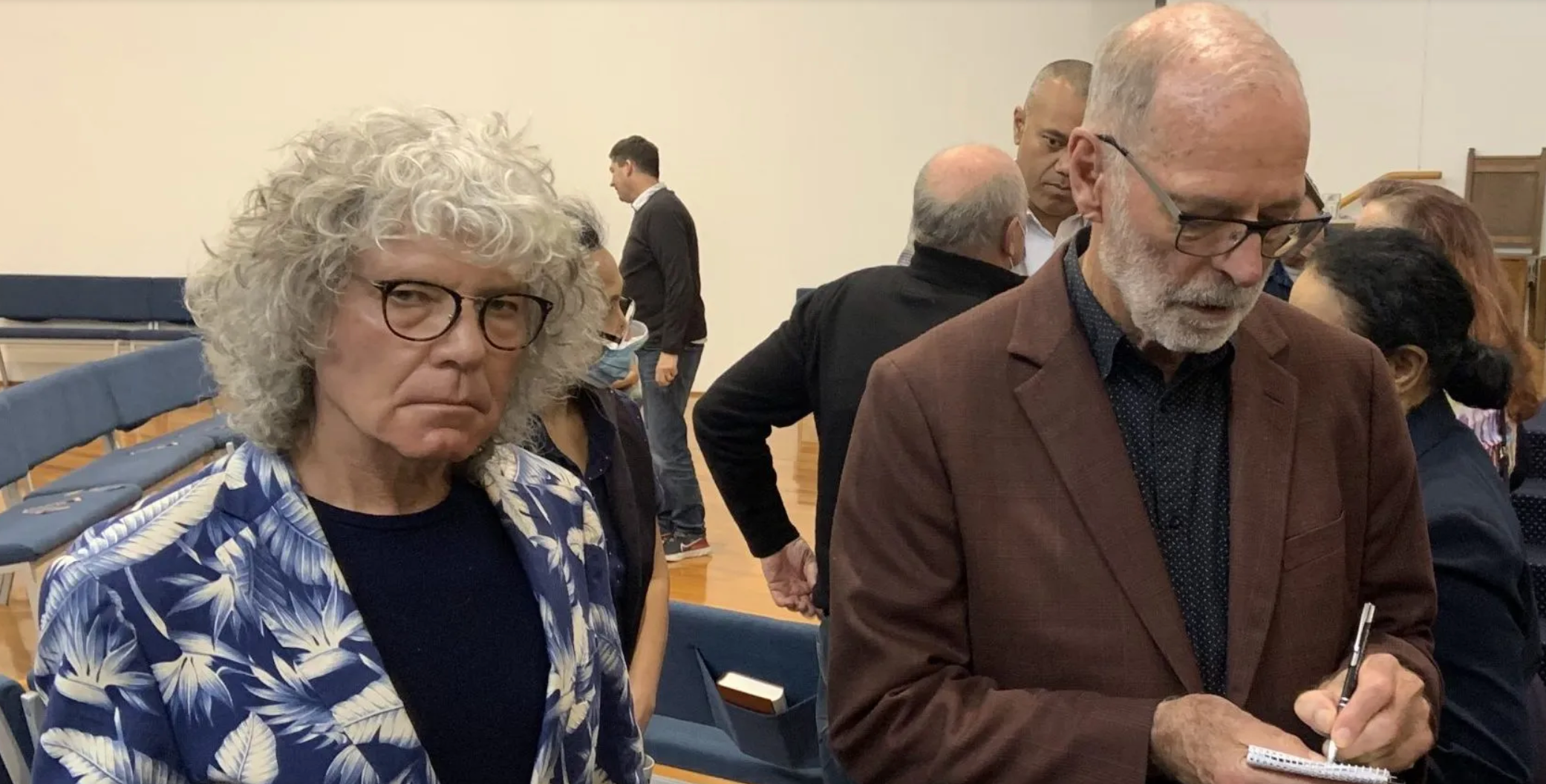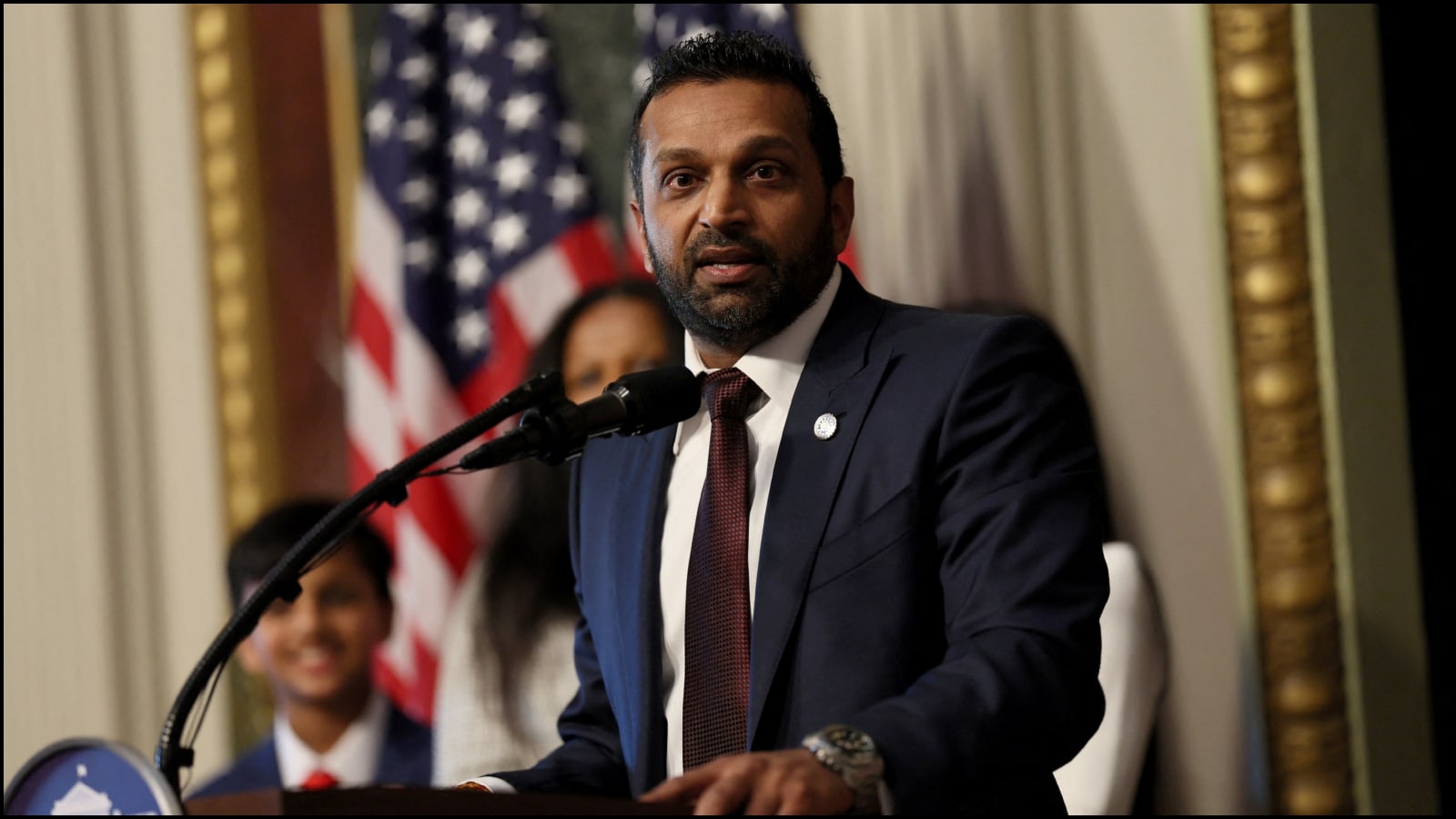By Max Zahn
Copyright

The Federal Reserve on Wednesday is set to unveil its latest decision on the level of interest rates, hoping to guide the economy through a topsy-turvy stretch of slow hiring and rising inflation.
The high-stakes announcement marks a flashpoint in the monthslong pressure campaign directed at the Fed by President Donald Trump.
In recent weeks, Trump has moved to fire one member of the Fed’s board of governors and secure Senate confirmation for another. Both officials are on track to be among the 12 policymakers who will cast votes on the interest-rate decision, though their status remained uncertain days before the Fed meeting.
The race to reshape the Fed comes after Trump railed for months against the central bank and its Chair Jerome Powell for declining to heed his call for lower interest rates. In July, Powell stressed the importance of political independence, saying it allows central bankers to make “very challenging decisions” based on “data.”
Still, the central bank is widely expected to deliver the policy shift long-sought by Trump, though the size of the rate cut will all but certainly fall short of Trump’s desired outcome.
Powell recently hinted at the possibility of a rate cut, appearing to indicate greater concern for flagging employment growth than for elevated prices. Investors peg the chances of a quarter-point rate cut at about 96% and a half-point cut at nearly 4%, according to the CME FedWatch Tool, a measure of market sentiment.
In a social media post on Monday, Trump reiterated his criticism of Powell, saying the Fed chair “MUST CUT INTEREST RATES, NOW, AND BIGGER THAN HE HAD IN MIND.”
Five meetings and nine months have elapsed since the Fed last adjusted interest rates. The federal funds rate stands between 4.25% and 4.5%, preserving much of a sharp increase imposed in response to a pandemic-era bout of inflation.
In recent months, the economy has suffered a sharp hiring slowdown alongside an uptick of inflation, setting the conditions for what economists call “stagflation.”
The economic conditions have put Fed policymakers in a bind. If the Fed raises interest rates as a means of protecting against tariff-induced inflation, it risks tipping the economy into a downturn. On the other hand, if the Fed lowers rates to stimulate the economy in the face of a hiring slowdown, it threatens to boost spending and worsen inflation.
Last month, Powell said the central bank faces a “challenging situation,” putting pressure on both sides of the Fed’s dual mission to maximize employment and control inflation.
Still, Powell said, the “balance of risks appears to be shifting” in light of a hiring slowdown made clear in a weak jobs report earlier this year that included sharp downward revisions of job gains over recent months.
Trump recently moved to fire board member Lisa Cook, who sued Trump over her attempted ouster, saying the decision violated her legal protections as an employee at the independent federal agency. Trump said he removed Cook over mortgage fraud allegations against her.
Federal law allows the president to remove a member of the Fed board “for cause,” though no president has attempted such a removal in the 112-year history of the central bank.
Last week, a federal judge issued a preliminary injunction requiring the Fed to let Cook continue serving in her role as a governor of the Federal Reserve System as her lawsuit moves through the courts.
Days later, the Trump administration filed a request with an appeals court asking to remove Cook by Monday, before the scheduled vote on interest rates. That day, an appeals court rejected Trump’s bid, clearing the path for Cook to vote at the Fed meeting. Trump may appeal the ruling to the Supreme Court.
Last month, Trump called on Cook to resign on the same day that Bill Pulte, the director of the Federal Housing Finance Agency, posted on X part of an Aug. 15 letter sent to U.S. Attorney General Pam Bondi accusing Cook of falsifying bank documents and property records to acquire more favorable loan terms, “potentially committing mortgage fraud,” the letter stated.
In a statement provided to ABC News at the time, Cook said she learned from the media about Pulte’s letter seeking a criminal referral over the mortgage application, which predated her time with the Federal Reserve.
“I have no intention of being bullied to step down from my position because of some questions raised in a tweet,” Cook said in the statement last week. “I do intend to take any questions about my financial history seriously as a member of the Federal Reserve and so I am gathering the accurate information to answer any legitimate questions and provide the facts.”
The Senate voted 48-47 on Monday to confirm White House economic adviser Stephen Miran’s nomination to serve as a member of the Board of Governors of the Federal Reserve, paving the way for Miran to cast a vote on interest rates.
Miran has vowed to safeguard central bank independence but said earlier this month that he does not plan to resign from his position within the Trump administration. Miran is filling a vacancy created by the early retirement of Fed board member Adrianna Kugler, whose term was set to end in January.
Miran said he plans to take an unpaid leave of absence from his current role. Miran reached the decision after “advice from counsel,” since his term on the Fed board would last four months, Miran said at a Senate hearing this month.



